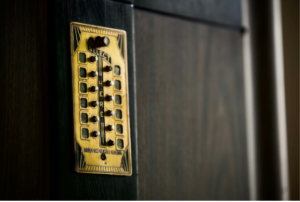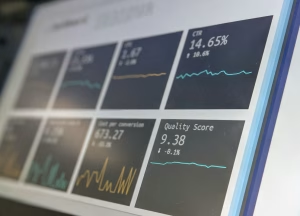Your new air conditioning system represents a significant investment in home comfort. While the unit itself matters, the installation process offers a golden opportunity to maximize that investment through strategic upgrades.
Most homeowners focus solely on choosing the right AC unit, then leave everything else to the installer. This overlooks crucial upgrades that can dramatically improve efficiency, comfort, and long-term satisfaction.
The installation phase is your chance to optimize the entire system before it becomes much more expensive to modify later.
Smart Thermostat Integration during AC Install
Installing a smart thermostat alongside your new AC transforms how you control home comfort. These devices learn your schedule, adjust temperatures automatically, and provide detailed energy usage reports.
More importantly, they optimize your system’s performance in ways traditional thermostats cannot. Smart thermostats communicate with your AC system to prevent common efficiency problems.
They can stage cooling gradually, manage fan speeds intelligently, and even alert you to maintenance needs before problems develop. Many models integrate with home automation systems, allowing voice control and remote access through smartphone apps.
The installation timing matters here. Adding a smart thermostat during AC install ensures proper compatibility testing and optimal placement. Your installer can also configure advanced features like geofencing and adaptive recovery that require system-level integration.
Ductwork Inspection and Sealing
Your ductwork acts as the circulatory system for conditioned air, yet most installations skip thorough duct evaluation. Leaky ducts waste enormous amounts of energy and create uneven cooling throughout your home. Some rooms become too cold while others remain uncomfortable.
Professional duct sealing involves more than basic tape repairs. Proper sealing uses specialized materials and techniques to create lasting air-tight connections. The process includes:
- Visual inspection of all accessible ductwork
- Pressure testing to identify hidden leaks
- Professional-grade sealing compounds and techniques
- Insulation upgrades where needed
This upgrade typically pays for itself within two years through reduced energy costs. You’ll also notice improved air quality as sealed ducts prevent dust and contaminants from entering the system.
Enhanced Air Filtration Systems
Standard AC installations include basic filtration that meets minimum requirements but misses opportunities for superior indoor air quality. Upgrading your filtration system during installation creates a healthier living environment while protecting your equipment investment.
High-efficiency filtration removes microscopic particles, allergens, and even some bacteria from circulating air. These systems require proper airflow calculations to ensure your AC unit operates efficiently with the increased filtration load.
Noise Reduction Features
AC noise complaints rank among the most common homeowner frustrations, yet simple installation upgrades can virtually eliminate these issues. Sound dampening materials, vibration isolators, and proper equipment placement create dramatically quieter operation.
Vibration isolation pads separate your outdoor unit from decking or concrete surfaces, preventing sound transmission through your home’s structure. Sound blankets wrap around compressor units to muffle operational noise without restricting airflow.
Strategic placement considers prevailing winds, neighbor proximity, and bedroom window locations. Indoor noise reduction focuses on ductwork modifications and fan speed optimization. Properly sized ducts eliminate the whistling sounds that plague many systems.
Professional System Commissioning
System commissioning represents the final upgrade that ensures everything works together perfectly. This comprehensive testing and adjustment process optimizes performance across all system components.
Many installation problems only become apparent during detailed commissioning procedures. The commissioning process verifies refrigerant levels, tests electrical connections, calibrates thermostats, and measures airflow at each vent.
Your installer documents baseline performance metrics and adjusts settings for optimal efficiency.











